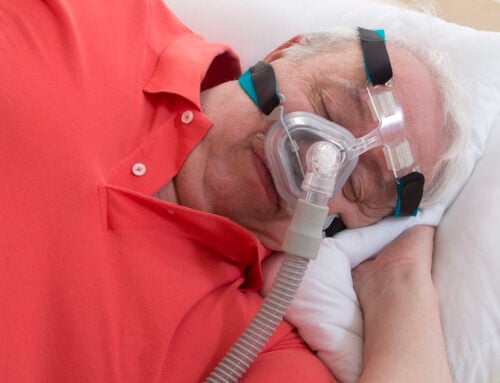Freezing Away Skin Lesions
Cryotherapy, also known as cryoablation, is a procedure used to freeze and destroy unhealthy tissue. The treatment is performed in the doctor’s office in just a few minutes to address various skin concerns such as warts, tumors, and hemangiomas. This minimally invasive treatment uses liquid nitrogen or argon gas to freeze the affected area, killing any abnormal tissue.

Choosing the right approach
There are 2 types of easy and fast treatments that use liquid nitrogen to kill abnormal tissue. The first type uses a spray method, and the second type uses a cryoprobe. The healthcare provider will decide which method is best depending on the site, size, and depth of the diseased tissue.
Spraying technique
When the lesion is situated externally on the skin, a spraying device is typically used to apply the liquid nitrogen. After the treatment is sprayed on, the diseased skin is frozen and can be peeled off, allowing new skin to grow. Liquid nitrogen can be sprayed on in the doctor’s office and usually only takes a few minutes. However, the freezing time varies depending on skin thickness, lesion, and vascularity.
Application of cryoprobe
An internal growth, such as a tumor, is usually treated with a tool known as a cryoprobe. The cryoprobe is introduced into the skin through a small incision. Then, the liquid nitrogen is targeted toward the internal growth with the cryoprobe, freezing the affected area completely. The immune system clears out abnormal tissue after treatment.
Pros and cons
Although the treatment is minimally invasive, there are important risks and benefits to consider. The advantages of using liquid nitrogen include quick recovery, lower expense, and minimal scarring. The possible complications of using cryotherapy are pain, bleeding, blister, and swelling.
Preparing for cryotherapy
The healthcare provider will answer any questions before the treatment. In most cases, there is no preparation required aside from showing up to the appointment on time. In a few situations, the doctor may ask the patient to stop taking certain medications or reduce food or drink intake before treatment.
A quick recovery
After the procedure, one may have redness, soreness, and blister. Patients should be told about the importance of not breaking the blister before leaving the office. Healing takes about 7-10 days, depending on the severity of the skin lesion. The doctor will advise on how to care for the area. However, some tips include using fragrance-free soap and water to clean the area and applying petroleum jelly. Keeping the site uncovered can also promote healing.
Lesion free with cryotherapy
Most patients treated with cryotherapy have a good prognosis and usually do not need follow-up after treatment. However, those who undergo internal cryotherapy may need to reduce activities for a few days post-treatment. Using liquid nitrogen to freeze away warts, tumors, and other growths is an effective way to treat internal and external skin concerns.




